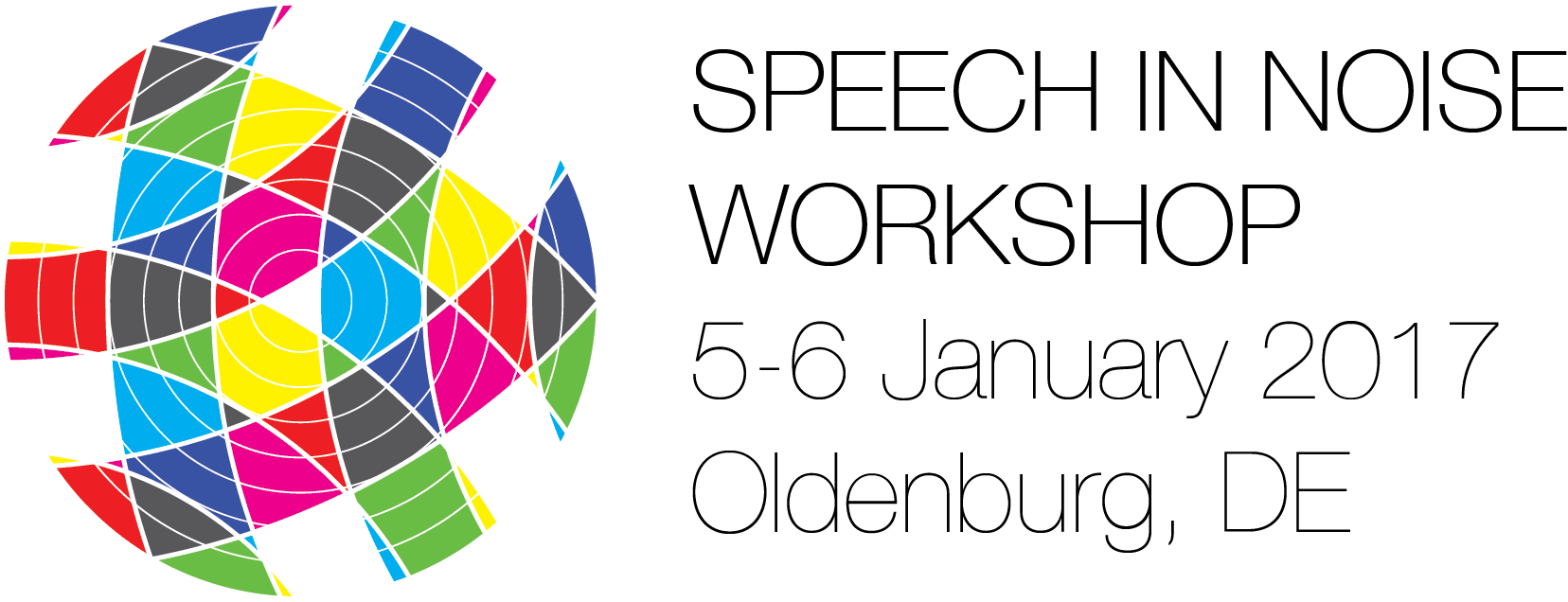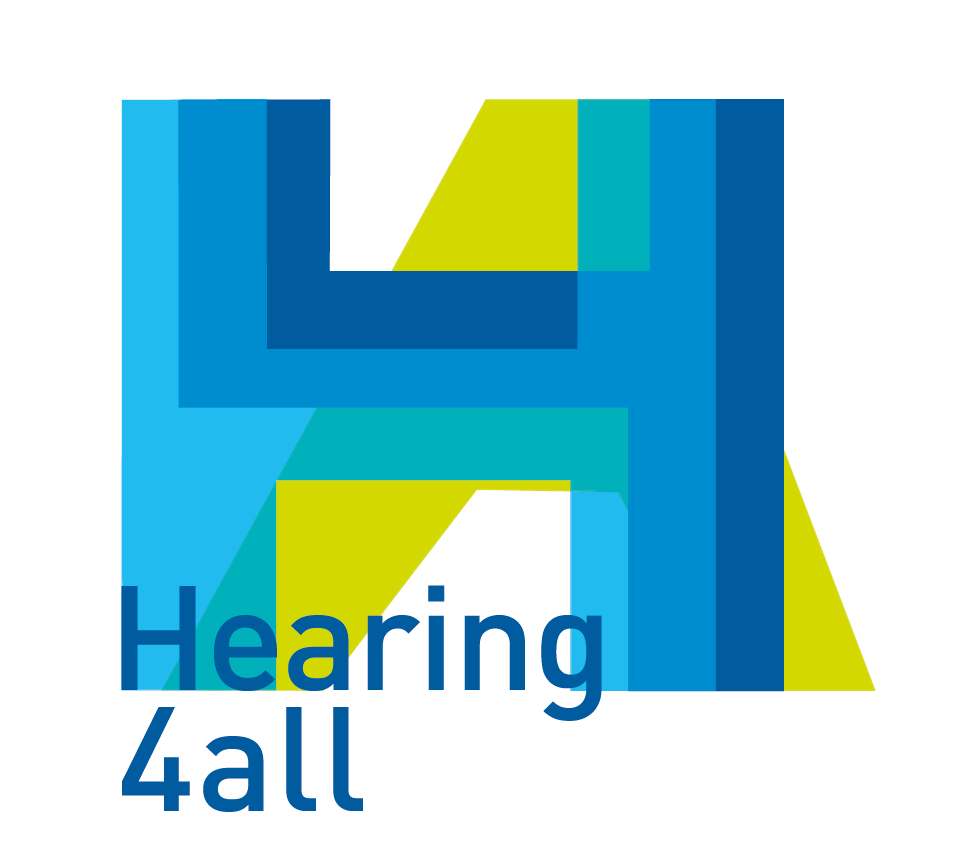Better-ear glimpsing with symmetrically-placed interferers in Bilateral cochlear implant users
In symmetrically placed maskers, a long-term “better-ear” as a consequence of the head shadow effect does not exist. Nevertheless “better-ear glimpses” in time-frequency segments exist. By simulated better-ear glimpsing using an ideal monaural better-ear mask (IMBM), Brungart and Iyer (2012) showed that normal hearing (NH) listeners perform as well as in the natural binaural condition which also provides interaural time differences. Their results suggest that an optimal glimpsing strategy is efficient to explain NH binaural performance. In contrast, Glyde et al. (2013) showed that such a glimpsing strategy cannot fully account for binaural performance in conditions with high informational masking. Similar, a recent study by Best et al. (2015) investigated the same IMBM based glimpsing in bilateral sensorineural hearing impairment (HI) and suggest that better-ear glimpsing alone is not sufficient to explain all spatial release from masking (SRM). It can be expected that bilateral cochlear implant (BiCI) users might be able to utilize a glimpsing strategy.
This study compared SRM in both NH (with and without noise vocoding to simulate available cues in CI users) and BiCI listeners. Speech reception thresholds (SRTs) under spatially separated (±60°) or with an unnatural infinite ILD condition, generated with Head-related transfer functions, were obtained with and without IMBM processing for three masker types: stationary masker, single talker, and nonsense speech. SRTs were obtained using headphone presentation in NH listeners or direct stimulation in BiCI listeners. The question was to which extent a glimpsing strategy can be used by BiCI users and how potential deficits in binaural processing could be aided by IMBM processing. Results indicate that NH with vocoder and BiCI listeners show a strongly reduced binaural benefit in the ±60° condition relative to the co-located condition when compared to NH. However, both groups greatly benefit from IMBM processing (as part of the CI stimulation strategy). Given that BiCI users benefit from IMBM processing, future binaural processing strategies mimicking glimpsing can be expected to aid speech intelligibility in BiCI users. Additionally, a processing strategy that increases the channel separation between maskers (like in the infinite ILD condition) might help BiCI listeners.
Warning: Use of undefined constant s - assumed 's' (this will throw an Error in a future version of PHP) in /home/spinnluxnr/www/2017/pages/programme.php on line 208


